Fragrant waters: life on the water in Hong Kong

Come October, for a few hours one Sunday, Hong Kong suspends its fascination with such spectator sports as horse racing and the Hang Seng Index to goggle at the singular sight of several hundred swimmers propelling themselves through the waters of Victoria Harbour.
The 1,000m stretch between the Avenue of Stars in Tsim Sha Tsui and Golden Bauhinia Square in Wan Chai is more usually criss-crossed by lighters, tugs, cargo vessels, ferries, packet boats, barges, launches, scows and all the myriad craft that are part of Hong Kong’s commercial DNA. At other times of the year, the city stages water sports like yachting regattas and dragon boat races , but the Cross Harbour Race, which was first held in 1906 and lures everyone from sleek teens to grizzled grandparents, is the one event where citizens publicly immerse themselves en masse in the very element that caused Hong Kong to evolve into the global powerhouse that it is today.
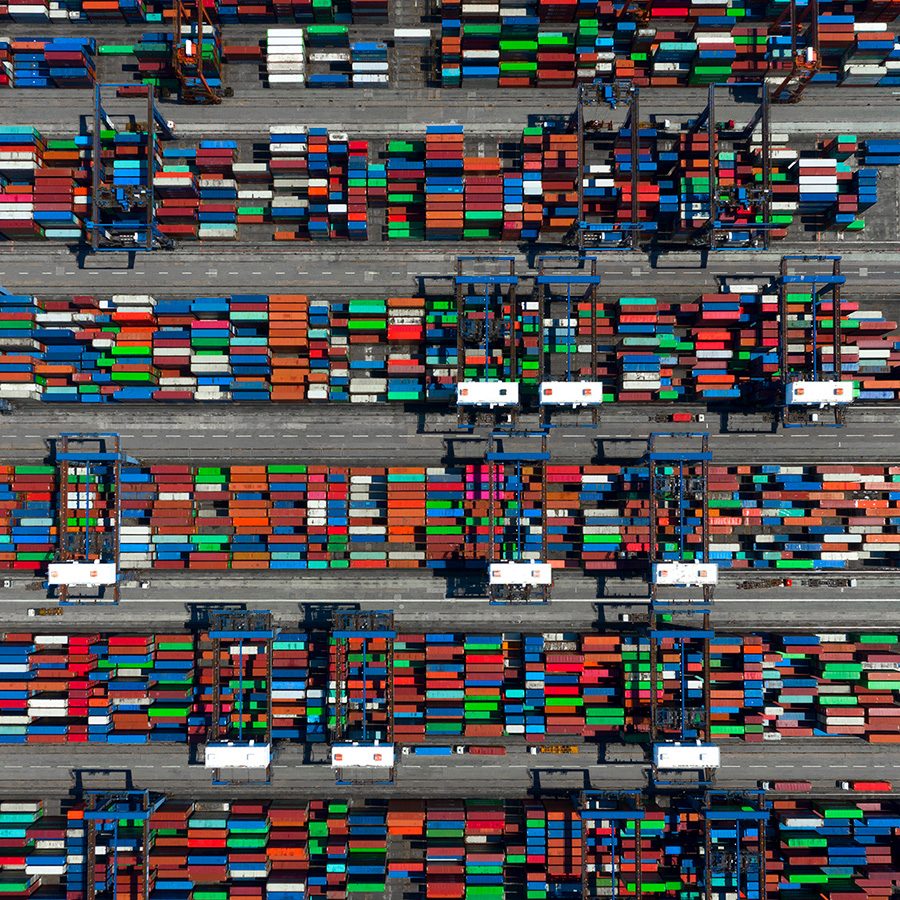
Credit: Tugo Cheng
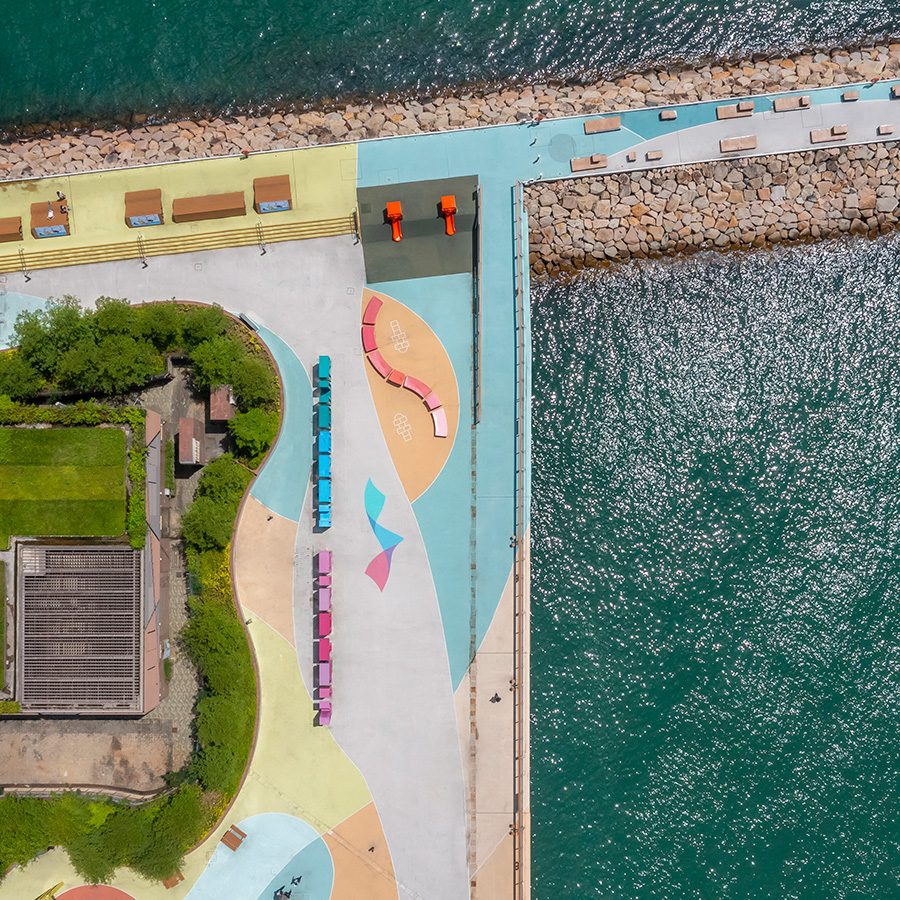
Credit: Tugo Cheng
More accurately, it is Hong Kong’s natural 40-square-kilometre harbour – a perfectly sheltered anchorage with an abundant supply of fresh water – that has ensured its prominence on navigators’ charts for centuries and galvanised its development over the years. Drawing its name, which literally means “fragrant harbour”, from the incense factories that once lined the coast, Hong Kong evolved into a global entrepôt as the gateway to China and one of the planet’s financial titans.
“Victoria Harbour is one of the finest in the world,” says Captain Bjorn Hojgaard, CEO of Anglo-Eastern Univan Group, the world’s largest ship management company, and chairman of Hong Kong’s Maritime and Port Development Committee. “But we cannot afford to rest on our laurels: we want to enhance Hong Kong as a maritime centre.”
As any of Hong Kong’s 100 or so licensed marine pilots who expertly nurse colossal ocean-going boxships in and out of the 279 hectare Kwai Tsing Container Terminal will attest, the trade that spurred the city’s genesis continues to thrive. In any given year, the terminal’s 24 berths can handle up to 20 million six-metre-long containers that may be carrying – according to one United Nations survey – boilers, medical apparatus, toiletries, antiques, animal gut, gaiters, prefabricated buildings, tannins, rubbers, cotton, tapestry, horsehair yarn, zinc, resins, whips, cork or pyrophorics, to name but a few. Perishable goods, or those needed in a hurry, jet in and out of the airport, but everything else comes by sea – just as it did in the 15th century when the legendary Chinese admiral Zheng He sailed as far as Arabia, blending trade with diplomacy in explorations that rivalled Marco Polo’s.
“I first arrived in Hong Kong as a young cadet in 1987 aboard the 50,000-tonne containership Lica Maersk, and was overawed by the sights and sounds of the harbour surrounded by the city,” says Hojgaard. “I remember thinking that I wouldn’t mind living here one day, and a few years later I found myself doing exactly that. One day I hope to retire here – close to the harbour, of course.”
“Close to the harbour” is an ever-shifting target. It’s a rare year in Hong Kong that the coastline isn’t adjusted in one way or another. Essentially, it boils down to the fact that with just 1,114 square kilometres at its disposal, Hong Kong is short of land. When the city can’t grow any higher, it has to expand outwards, into the water.
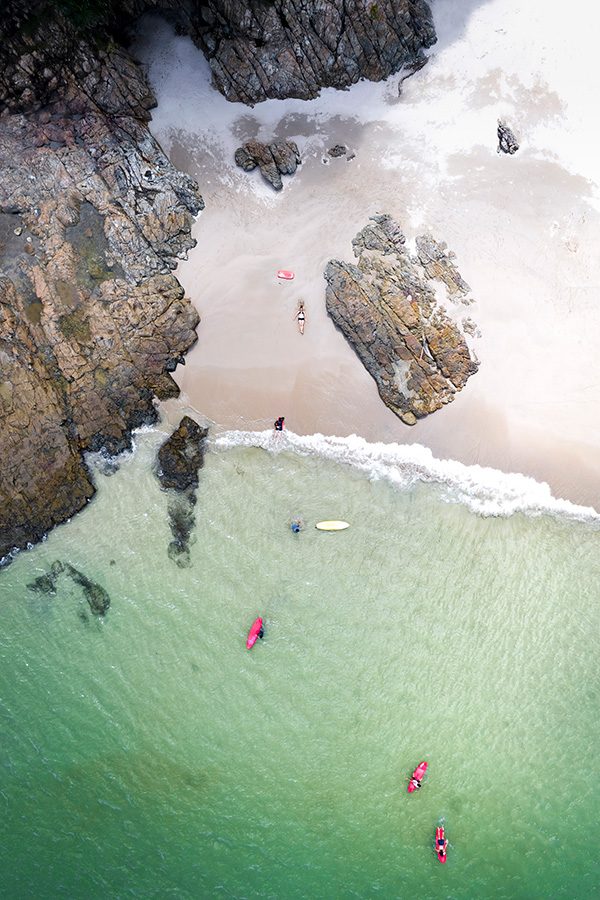
Credit: Tugo Cheng
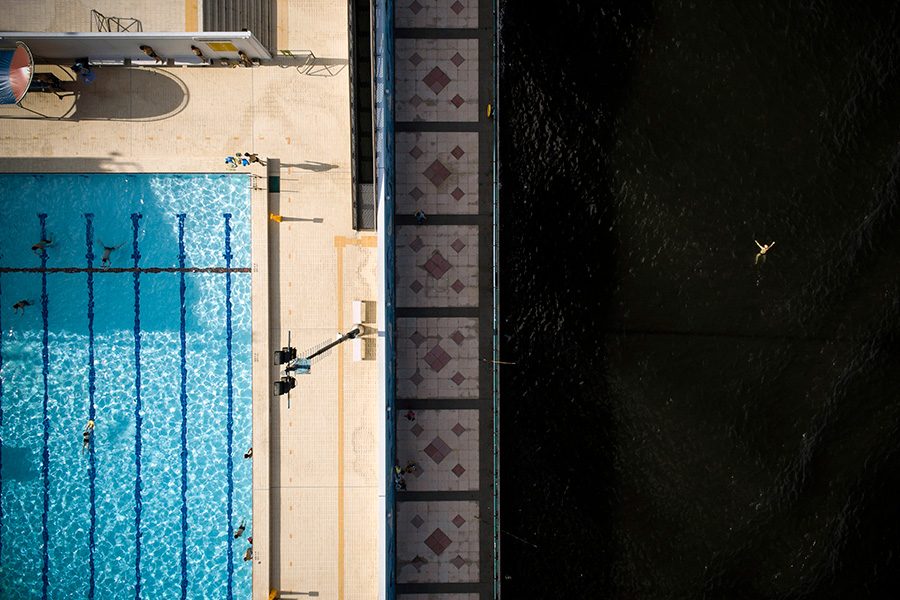
Credit: Tugo Cheng
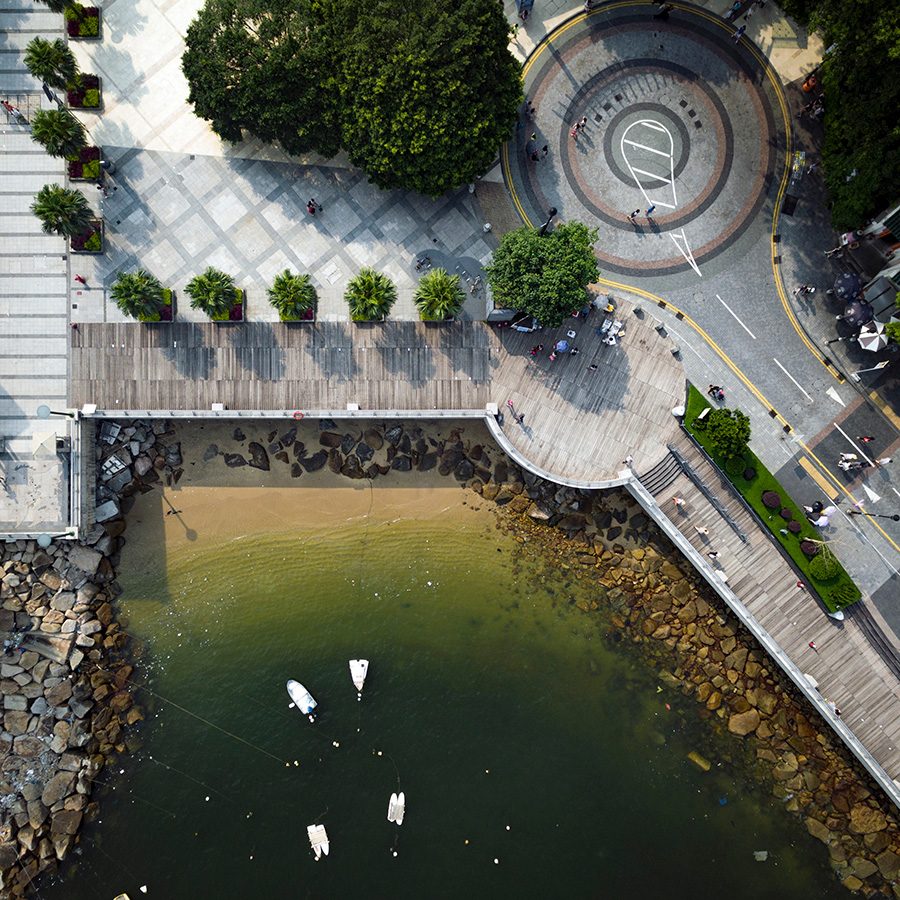
Credit: Tugo Cheng
Take Chek Lap Kok – once an unassuming, uninhabited islet off the coast of Lantau before it was transmogrified into an aviation hub. In Central, the 415m International Finance Centre stands on reclaimed land, as does the 484m International Commerce Centre opposite it in West Kowloon. And Kai Tak, Hong Kong’s original airport, was built out into the harbour when it opened in the 1920s. The planes no longer land; Kai Tak is now home to a soon-to-open HK$30 billion sports park with a 50,000-seat stadium, among other state-of-the-art facilities.
All these improvements have had some sort of commercial motivation, but nothing has had quite such an impact as the mammoth ongoing project to revitalise the strip of land running along Hong Kong Island’s harbourfront and transform it into one of the city’s recreational lungs. Here, the impetus is about living, not commerce.
“Some years ago, the Harbourfront Commission set about the task of making Victoria Harbour the people’s harbour, while paying due heed to sustainable development,” says Dr Rico Wong Tze-kang, deputy chief executive of the Conservancy Association, which is one of the commission’s non-official members.
Bit by bit, grimy wharves and desolate patches of wasteland have been rolled back and replaced with parkland, children’s playgrounds and exercise areas. In Wan Chai, fence-free landscaped steps lead down to the harbour at the Water Sports Precinct, enlivened with installations by Hong Kong artist Prudence Mak.
Central to the entire project is the broad trail hovering just above the water’s edge – a super-highway for joggers and strollers; courting teens and toddlers letting off steam; tourists gaping at the cityscape for the first time; and long-time residents for whom the juxtaposition of marine and metropolitan has long been a comforting backdrop.
The eventual aim is that by 2028, the corniche will stretch for an unbroken 12km along the northern side of the island, from Shek Tong Tsui in the west to Aldrich Bay in the east. The latest section to open is the East Coast Park Precinct in Fortress Hill, featuring a 100m breakwater that juts out into the harbour and offers up spectacular views of both sides of the harbour.
“We have seen great progress so far, but there is still room for improvement,” says Rico Wong. “Nowadays people know that the waterfront is somewhere that’s open to absolutely everyone, and we have a harbour to be truly proud of.”
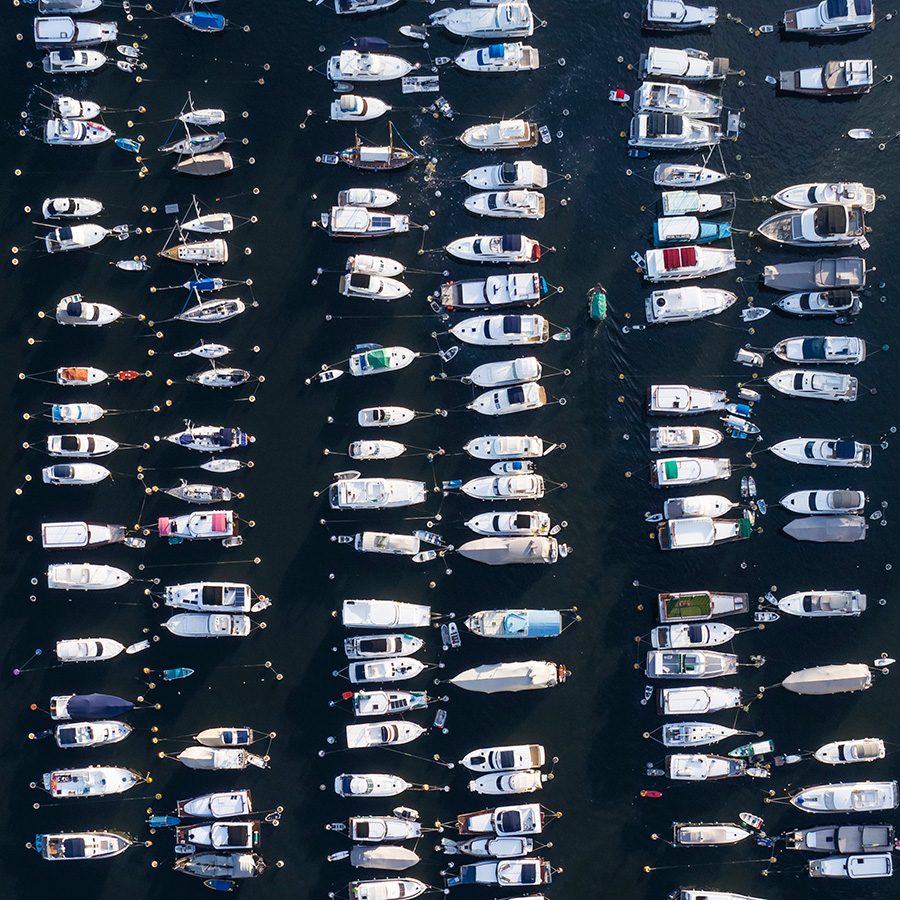
Credit: Tugo Cheng
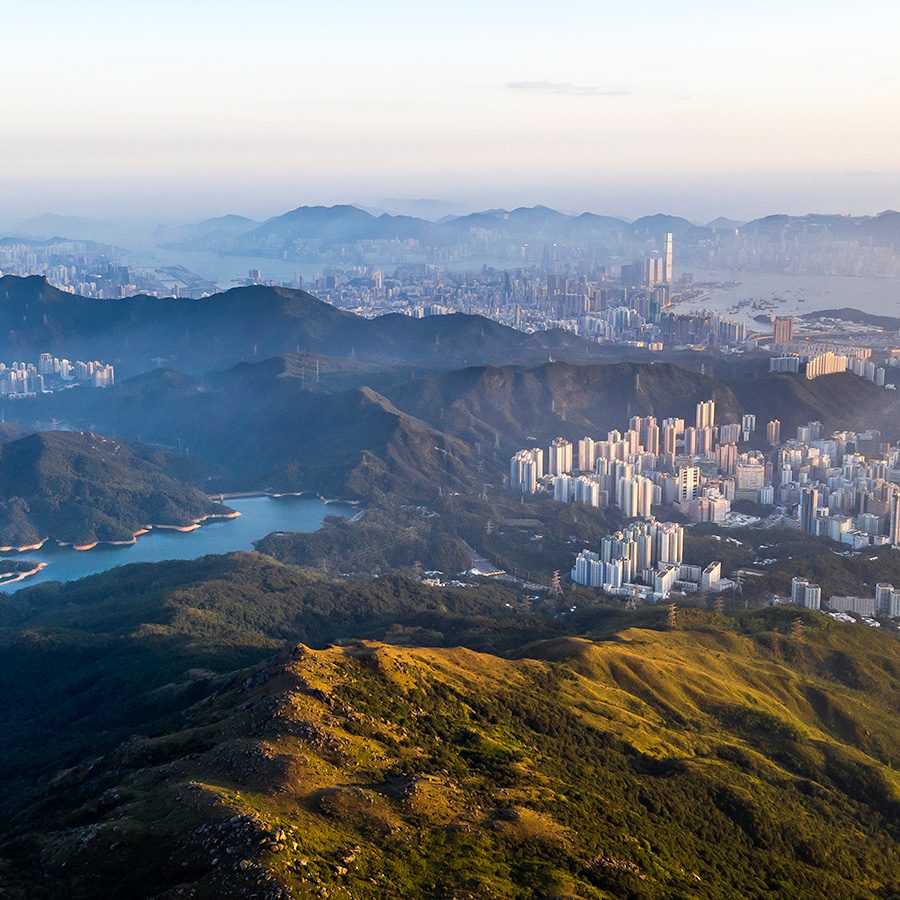
Credit: Tugo Cheng
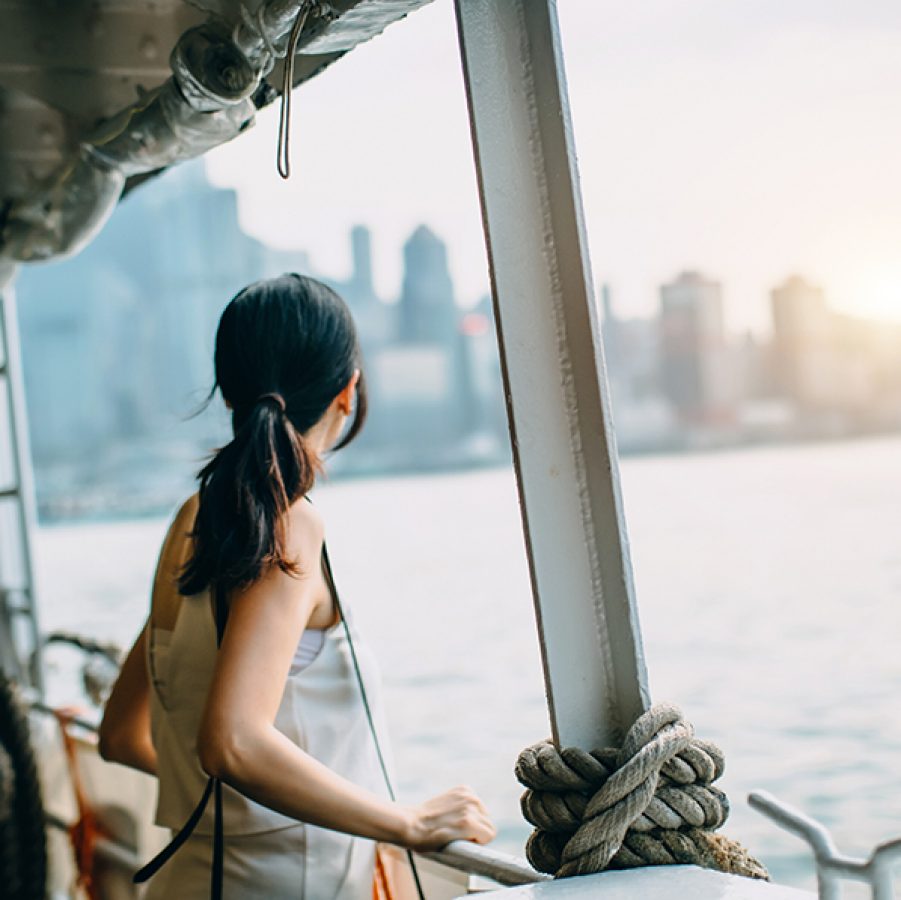
Credit: Tugo Cheng
6 great ways to live the life aquatic in Hong Kong
1. Take a ferry ride
There are several sightseeing tours, but regular ferries – boarded by thousands of Hongkongers daily – are cheaper and just as insightful. The Star Ferry shuttles between Kowloon and Hong Kong Island from just after dawn ’til just before midnight. Grander vessels ply the routes to such well-populated outer islands as Lantau, Cheung Chau and Lamma. Others make the lonely voyage to nigh-deserted islets like Tung Ping Chau, on the territory’s outermost fringes.
2. Hit the beach
Hong Kong’s beaches are both excellent and easily reached. Repulse Bay on the south side of the Hong Kong Island is less than 30 minutes from Central by bus, via a winding coastal road that reveals spectacular vistas. Once there, The Pulse beachside complex is full of shops and restaurants. Further afield, Tai Long Wan in Sai Kung is an hour or more’s trek from the road at Pak Tam Au, but it promises sand and solitude aplenty.
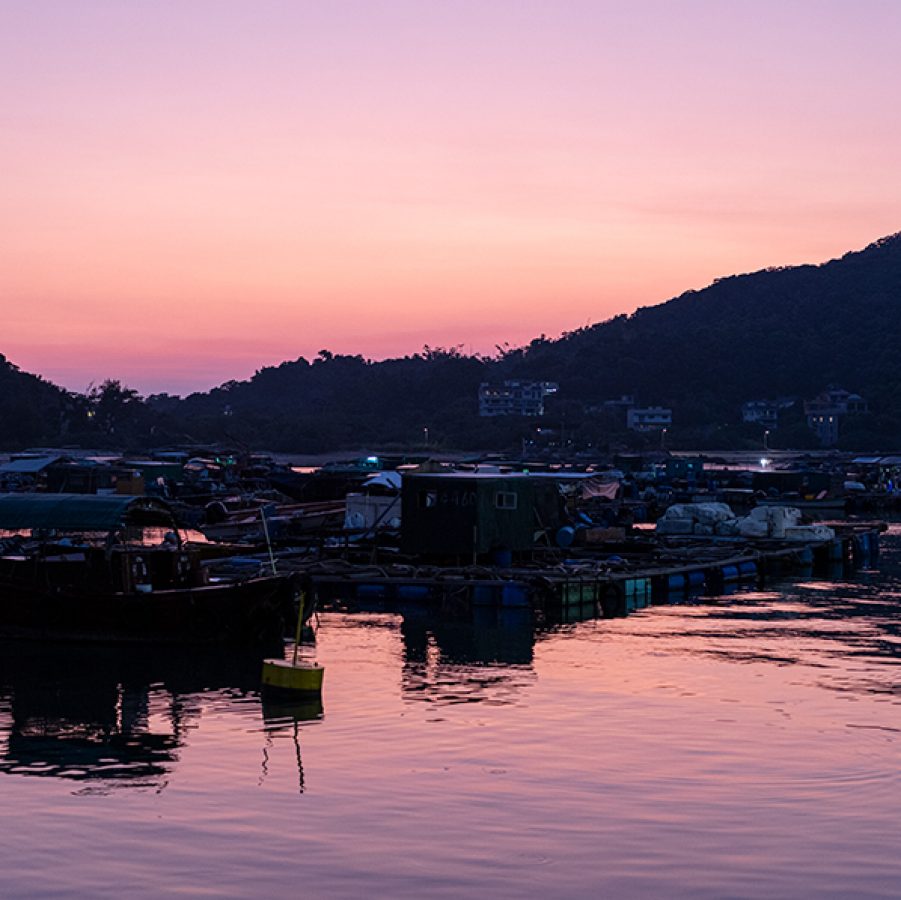
Credit: Tugo Cheng
3. Hop on a boat to a seafood feast
The seafood restaurants of Lamma Island lend themselves to lengthy ruminative meals. For lunch or dinner, jump on a ferry from Central’s Pier 4 to Yung Shue Wan , then walk the leisurely 90-minute Lamma Family Trail over to the seafood restaurants which line Sok Kwu Wan on the other side of the island, followed by a slow ferry back to Central.
4. Charter a junk for the day
If the weekend is looking sunny, local families and groups of friends hire a leisure craft – known to all as a junk. They stock up on picnic food, beer and wine, and motor off to a remote bay where they can slough off the cares of metropolitan existence.
5. Venture to the Sai Wan Swimming Shed
One of the city’s most charismatic seaside spots, the Sai Wan Swimming Shed is a favourite with the Insta gang and doughty swimmers alike. The shed’s green-hued corrugated iron and rickety jetty are simplicity itself, and telling reminders of the days when residents banded together to create their own recreation. It’s a splendid spot to take in the sunset.
6. Go dolphin-spotting in Tai O
Perhaps Hong Kong’s most exotic waterborne excursion lies off Tai O on Lantau Island, where Sousa chinensis – more commonly known as pink dolphins – disport themselves in the increasingly busy waters of the Pearl River Delta.
Hero image: Tugo Cheng
More inspiration
Hong Kong travel information
- China – the Chinese Mainland, Hong Kong SAR, Macao SAR and Taiwan Region
- Hong Kong SAR - English
- Chinese Mainland (China) - English
- Taiwan, China - English
- 香港特別行政區 - 繁體中文
- 中国內地 - 简体中文
- 中國台灣 - 繁體中文
- Africa
- South Africa - English
- Asia
- Bangladesh - English
- Korea - English
- Singapore - English
- Cambodia - English
- 한국 - 한국어
- Sri Lanka - English
- India - English
- Malaysia - English
- Thailand - English
- Indonesia - English
- Maldives - English
- ประเทศไทย - ภาษาไทย
- Indonesia - Bahasa Indonesia
- Myanmar - English
- Vietnam - English
- Japan - English
- Nepal - English
- Việt Nam - tiếng Việt
- 日本 - 日本語
- Philippines - English
- Australasia
- Australia - English
- New Zealand - English